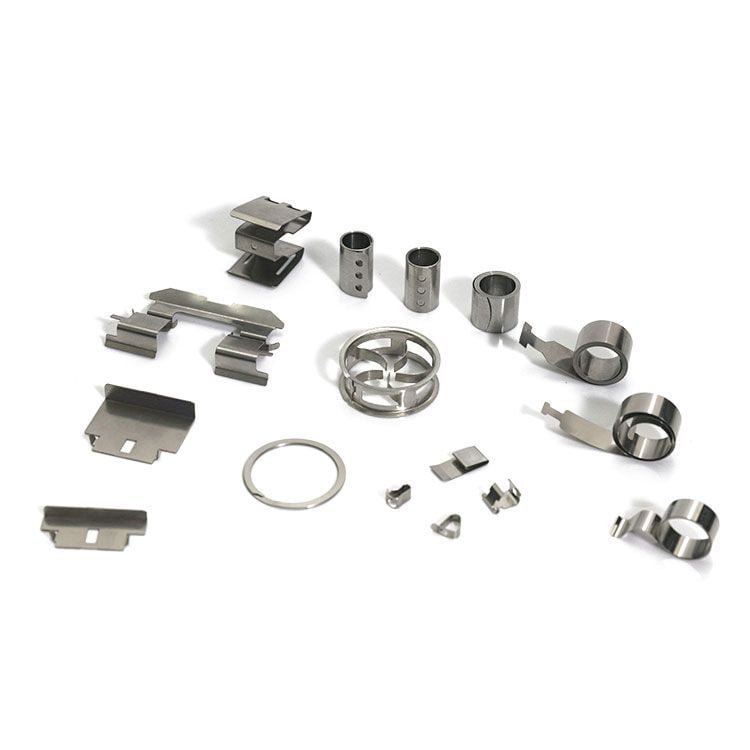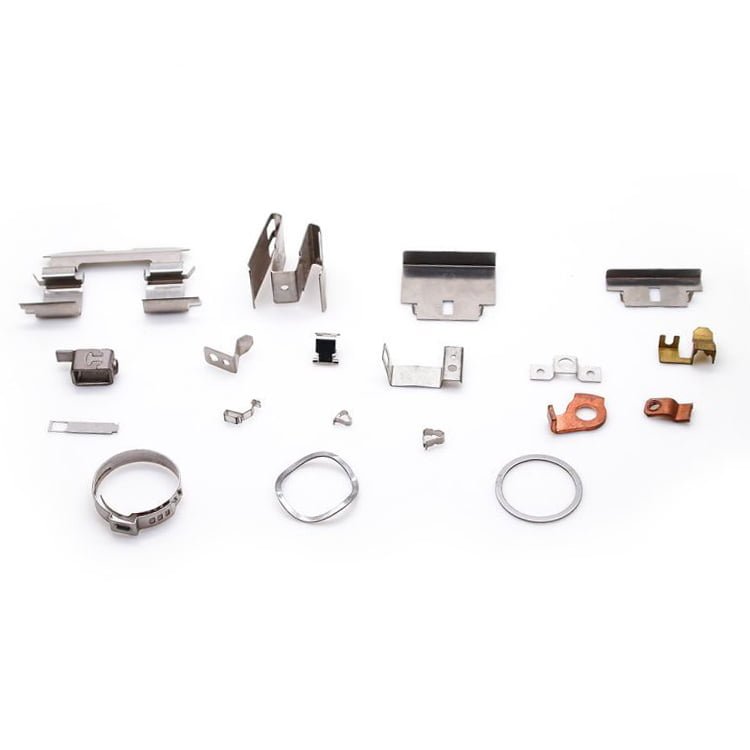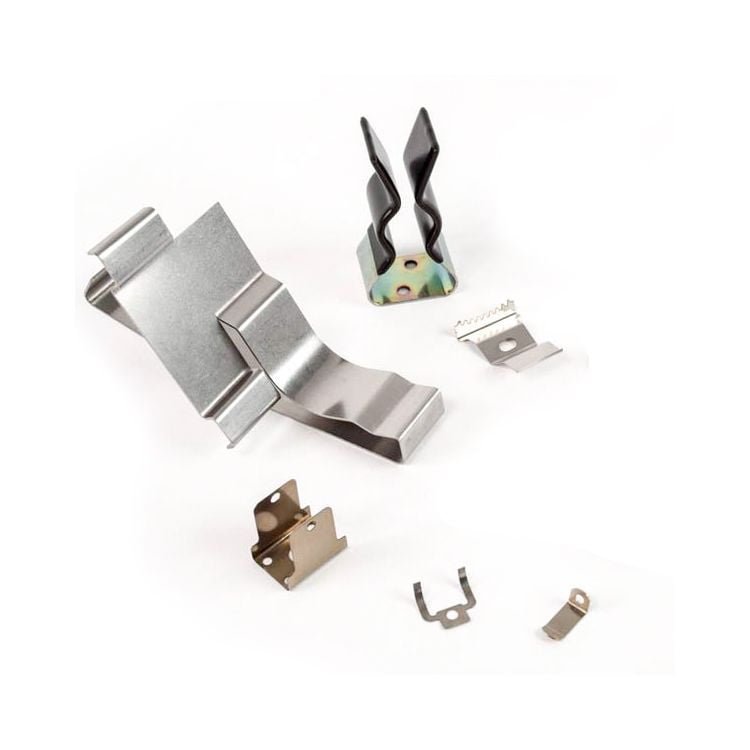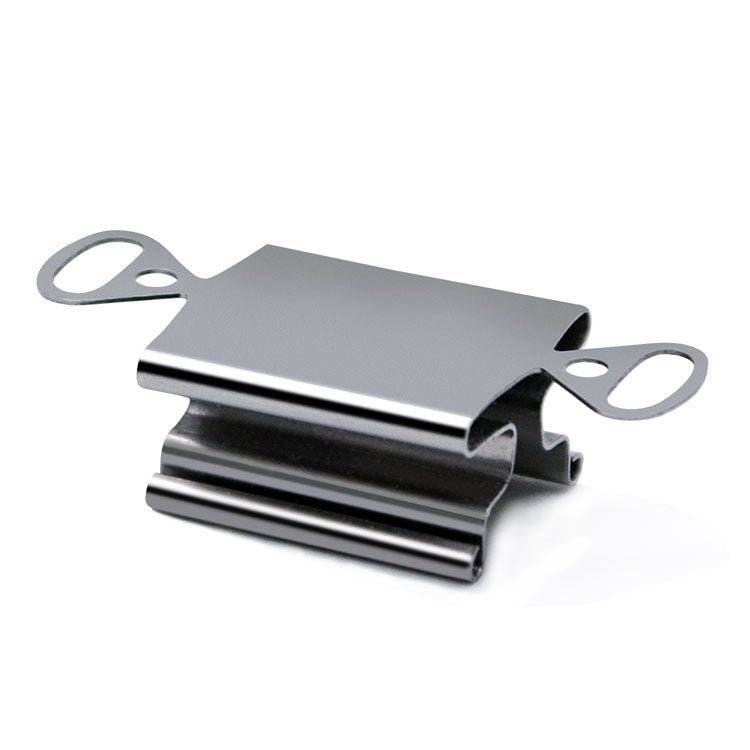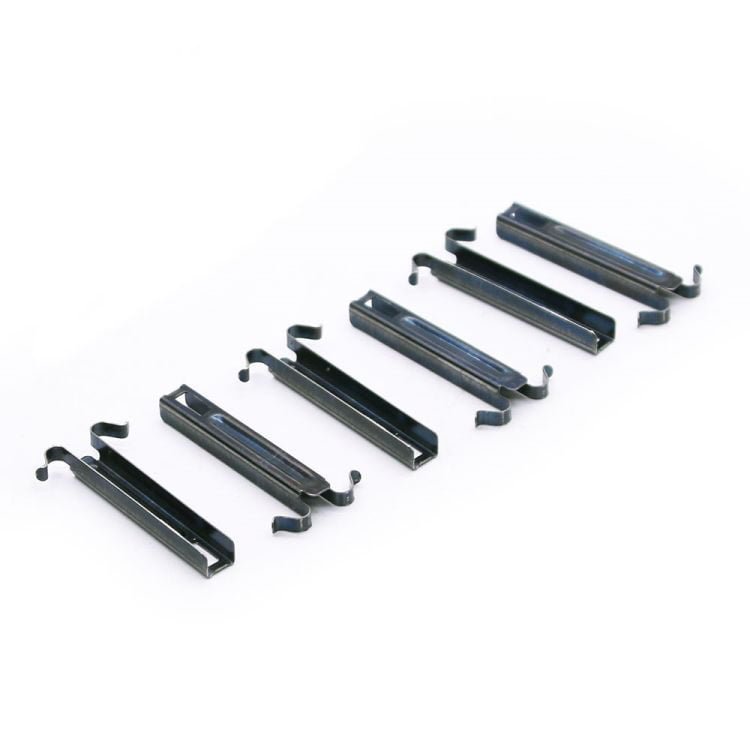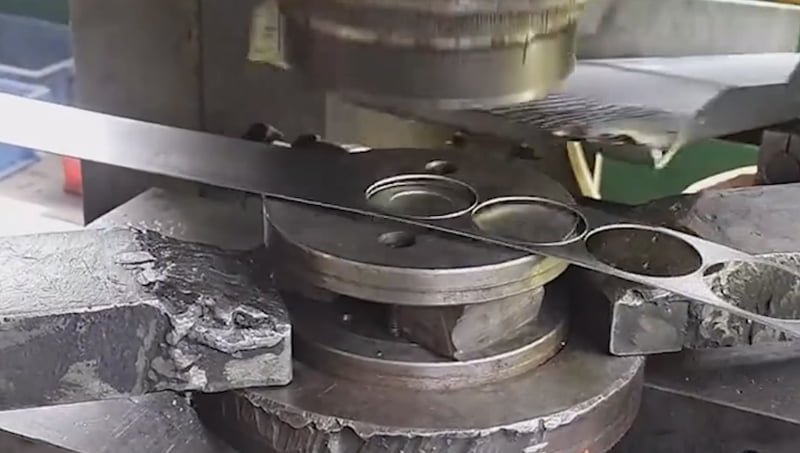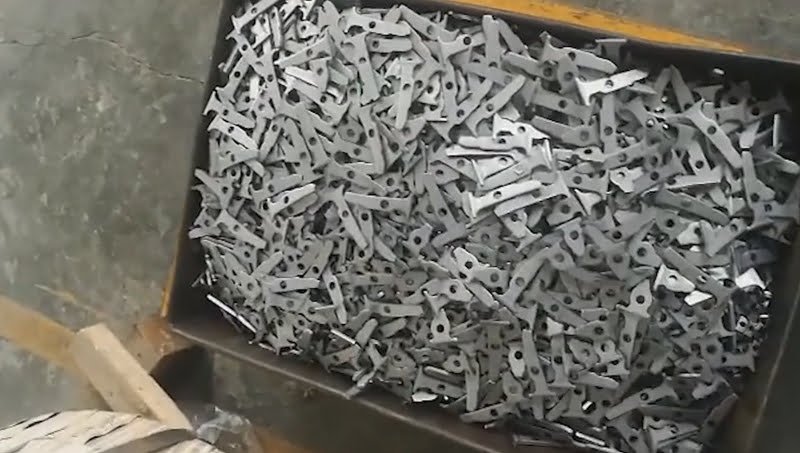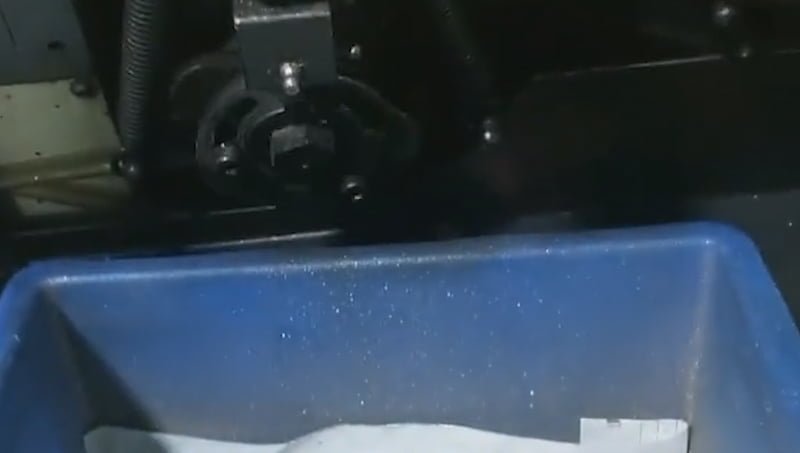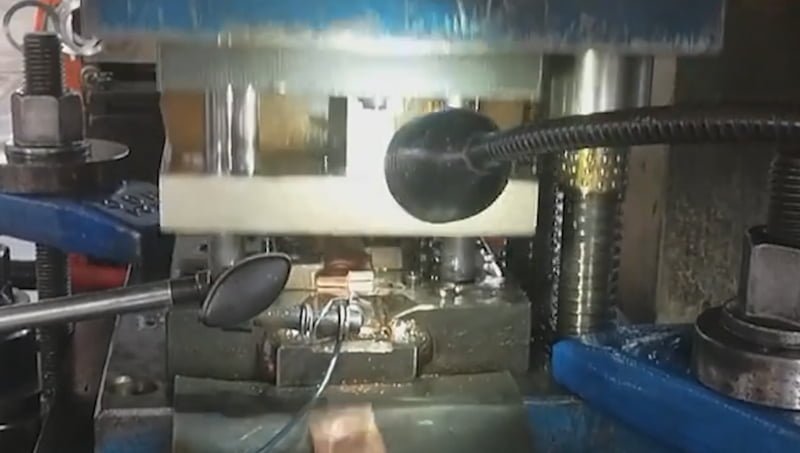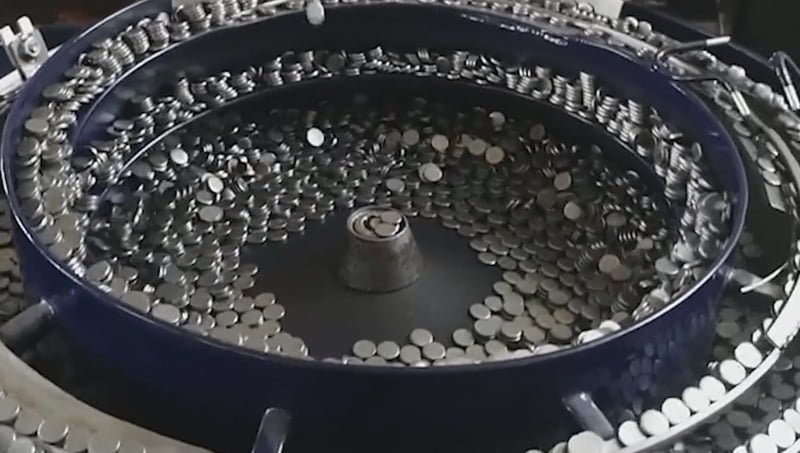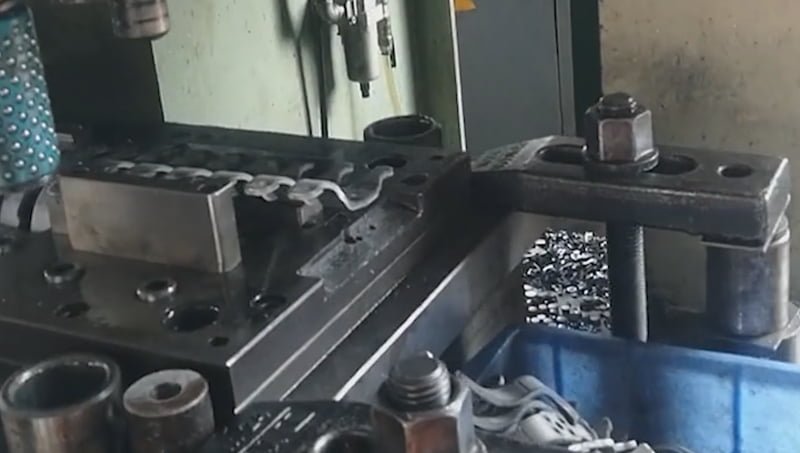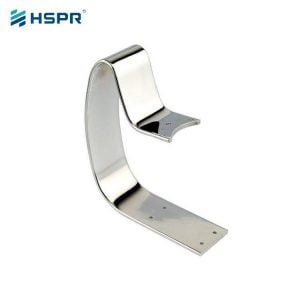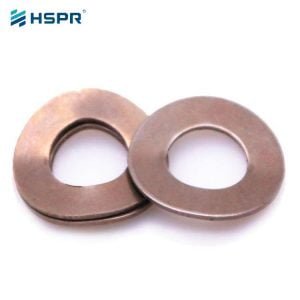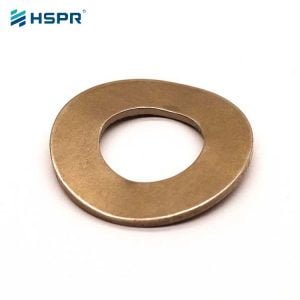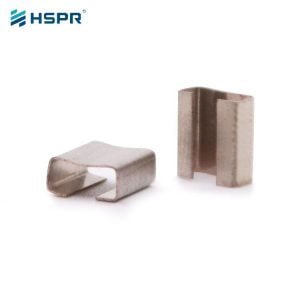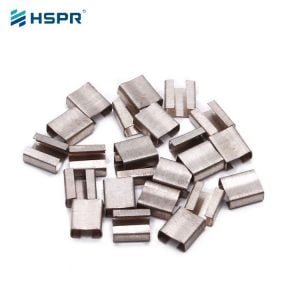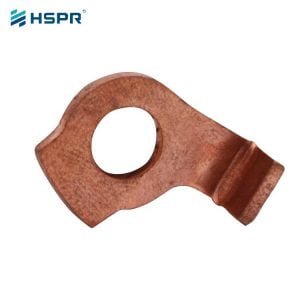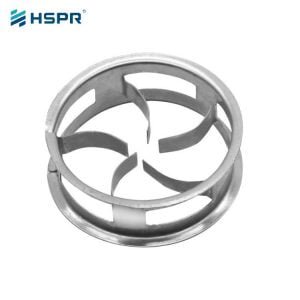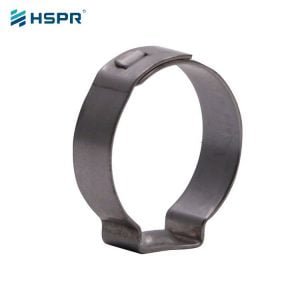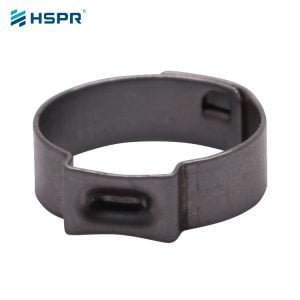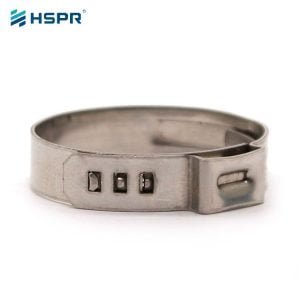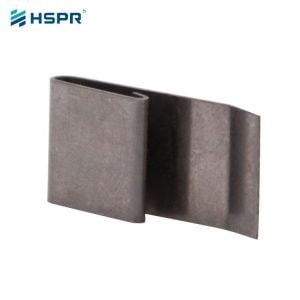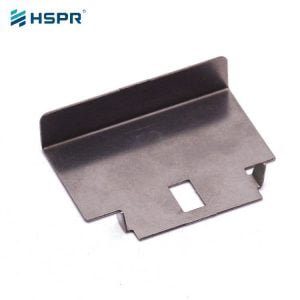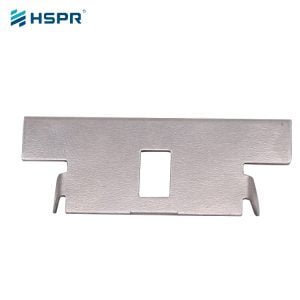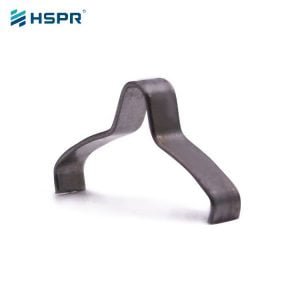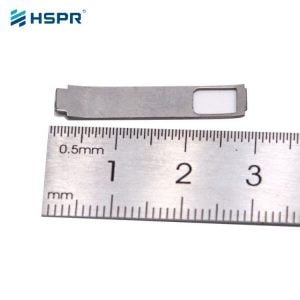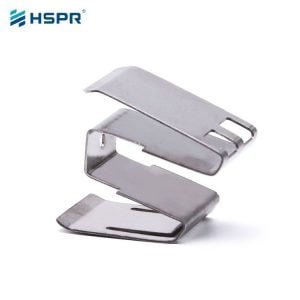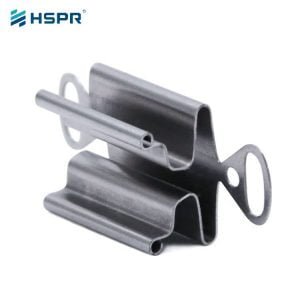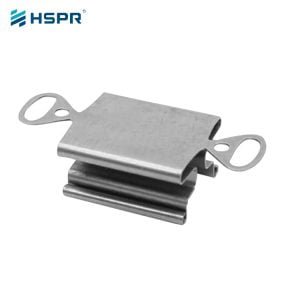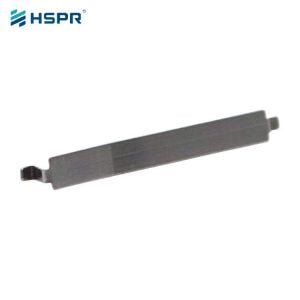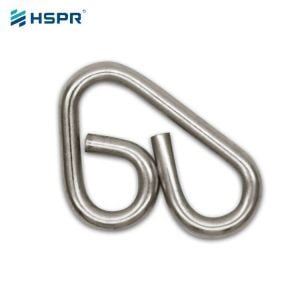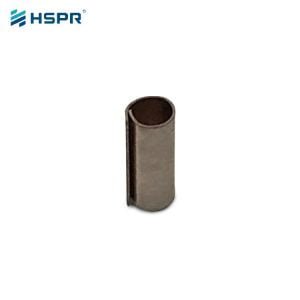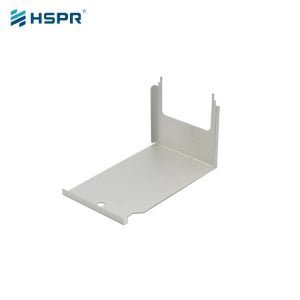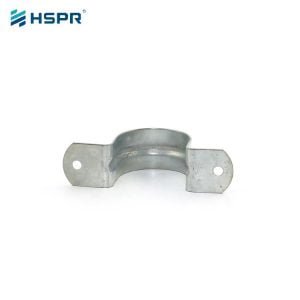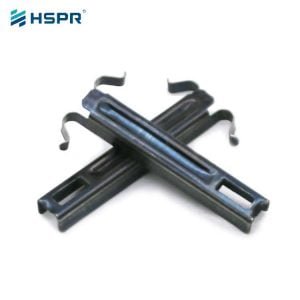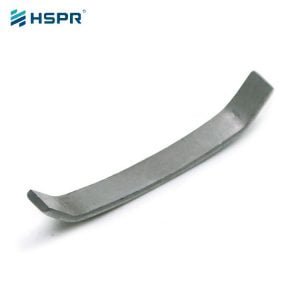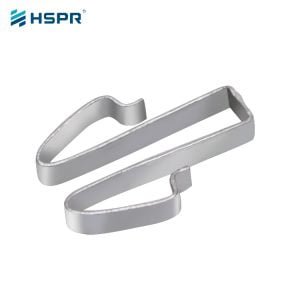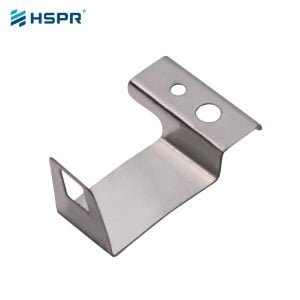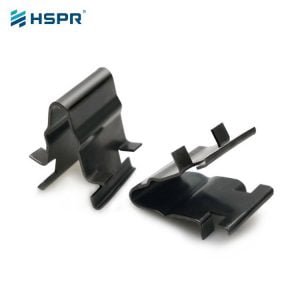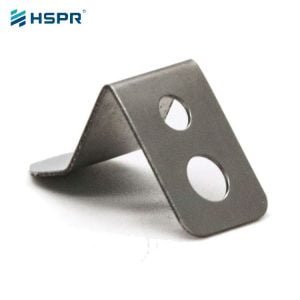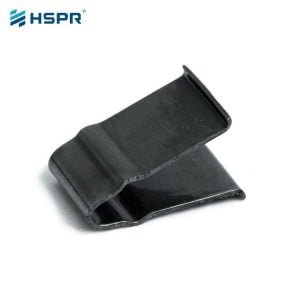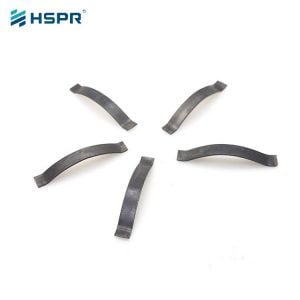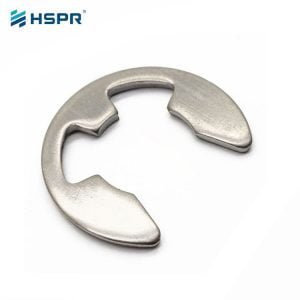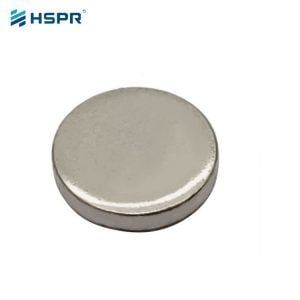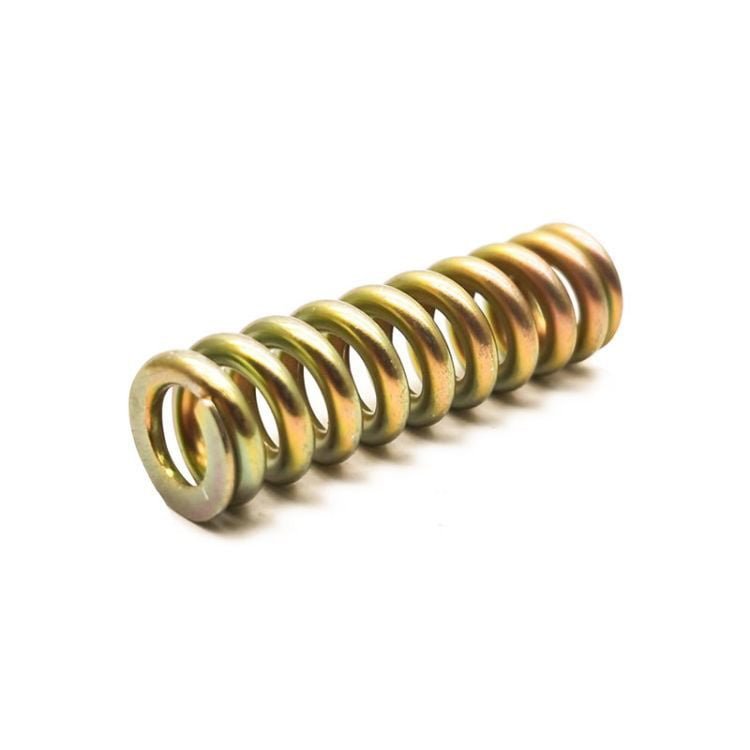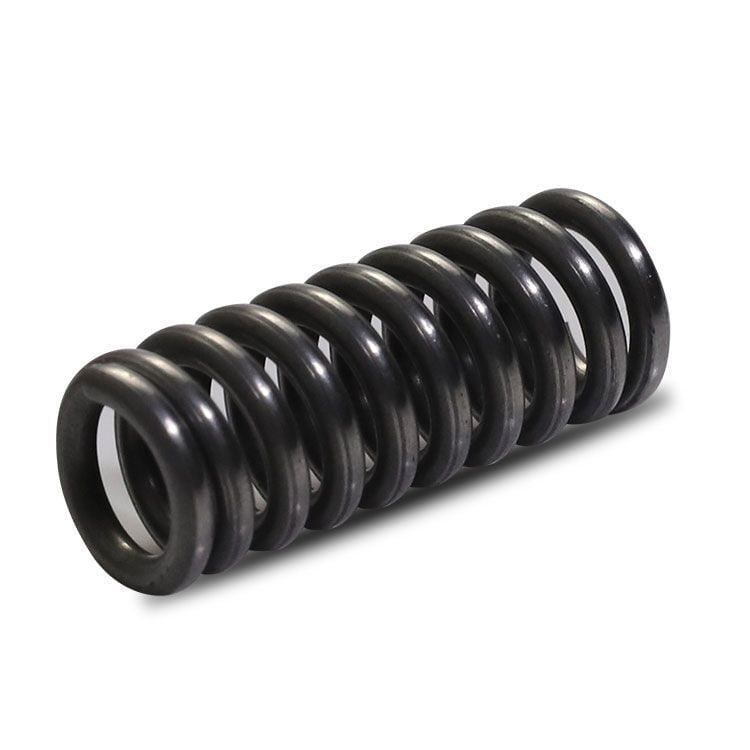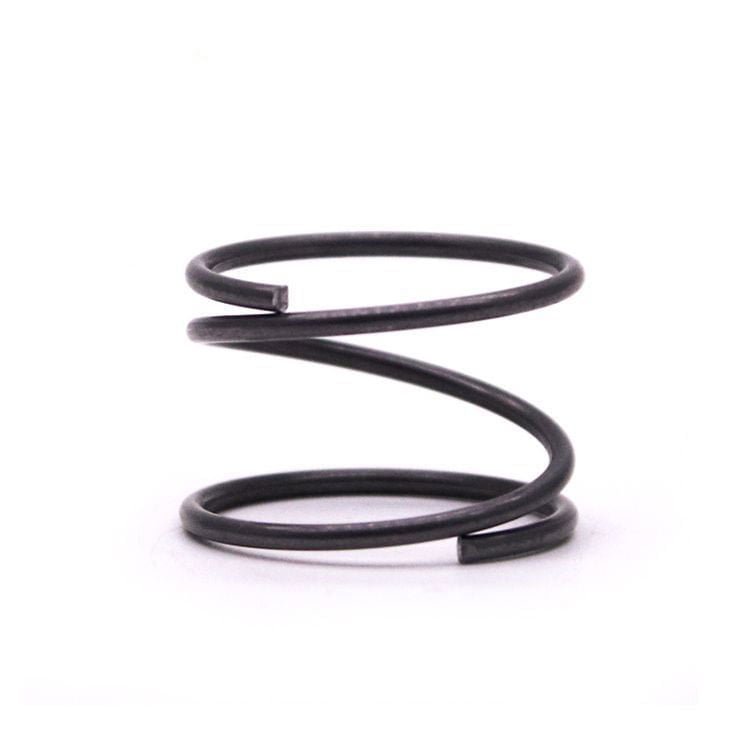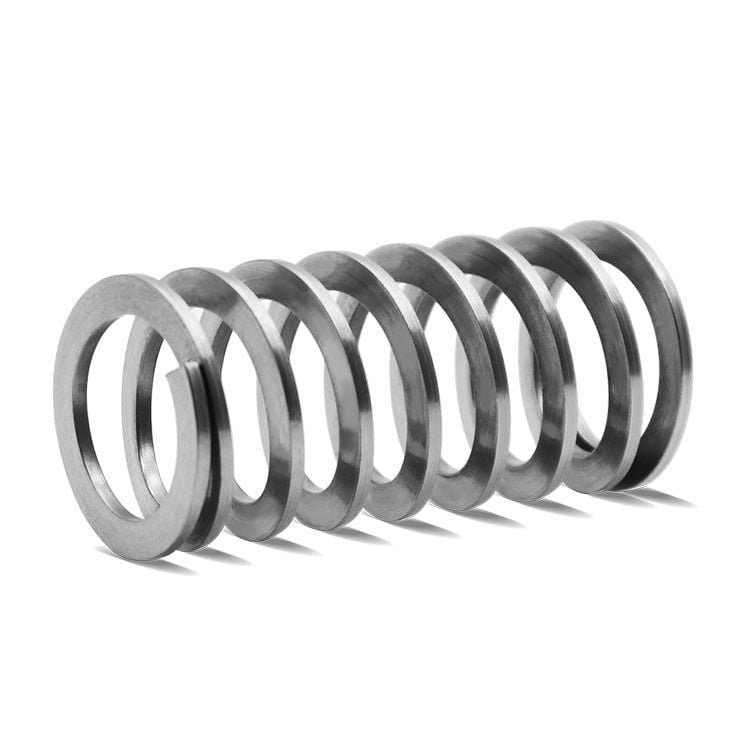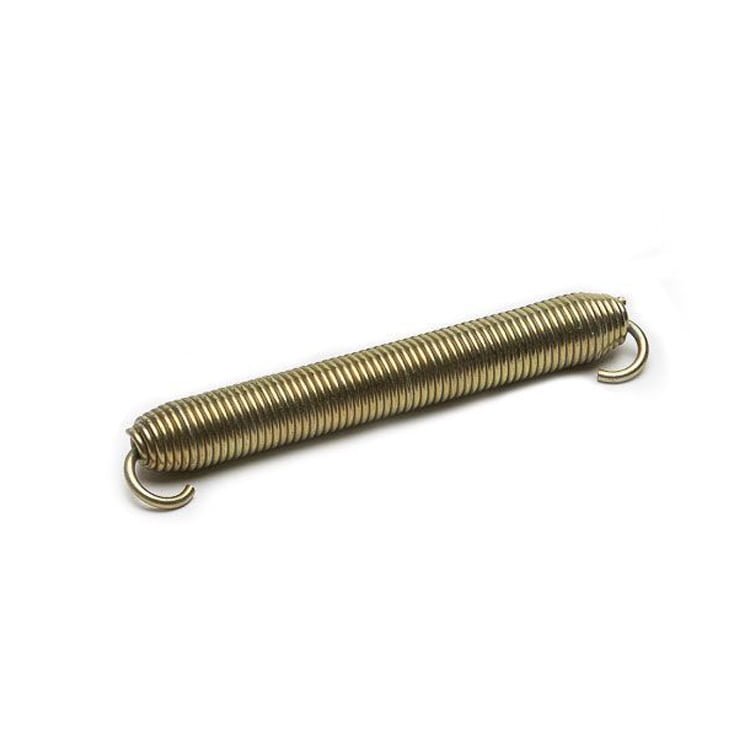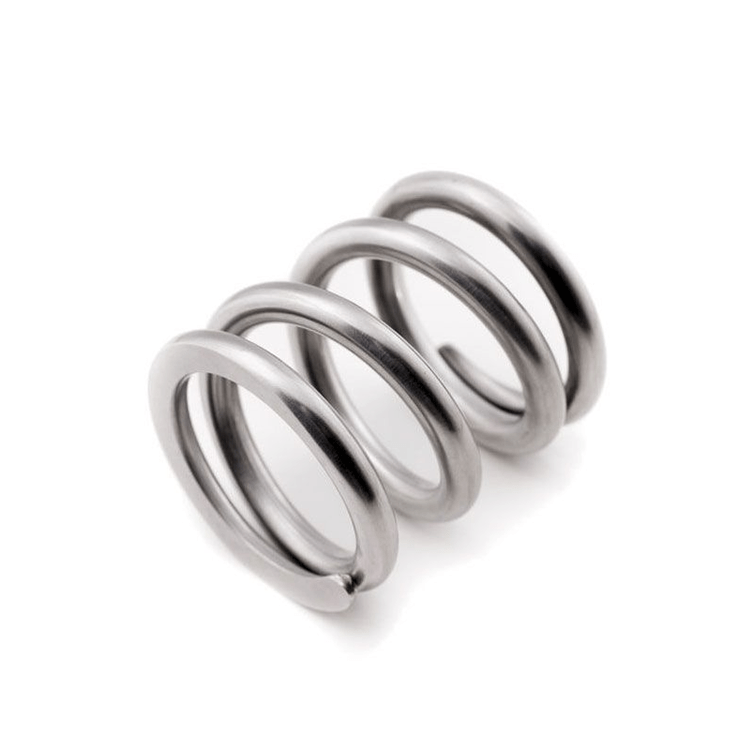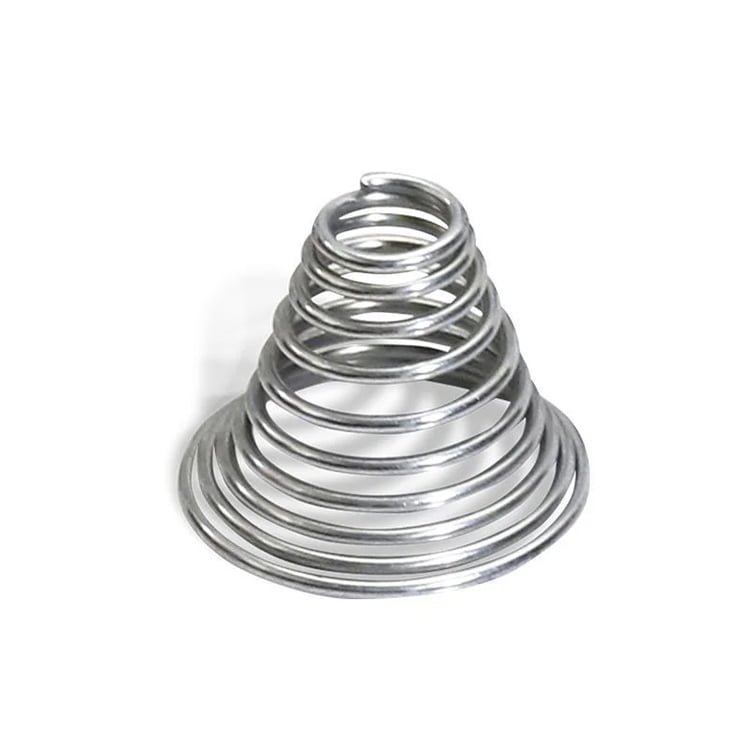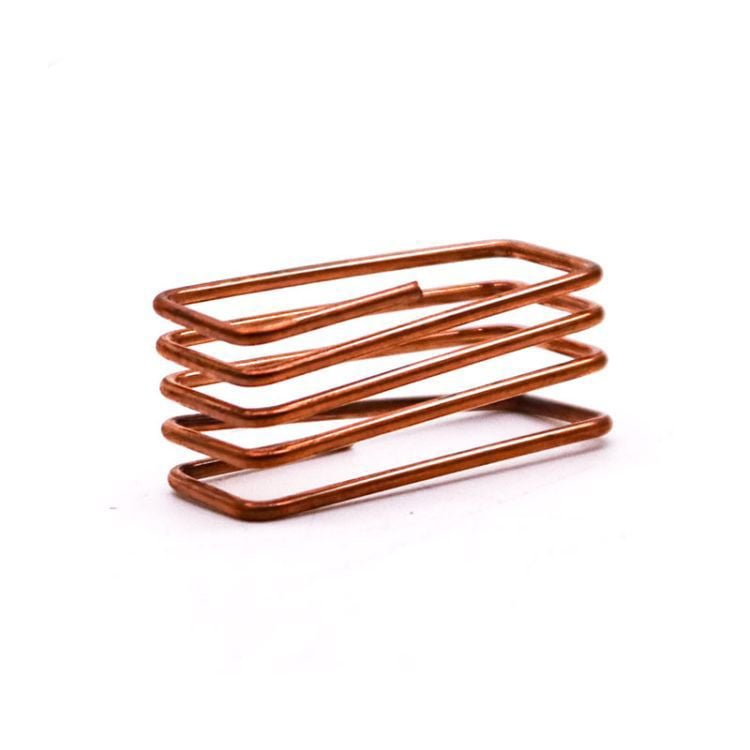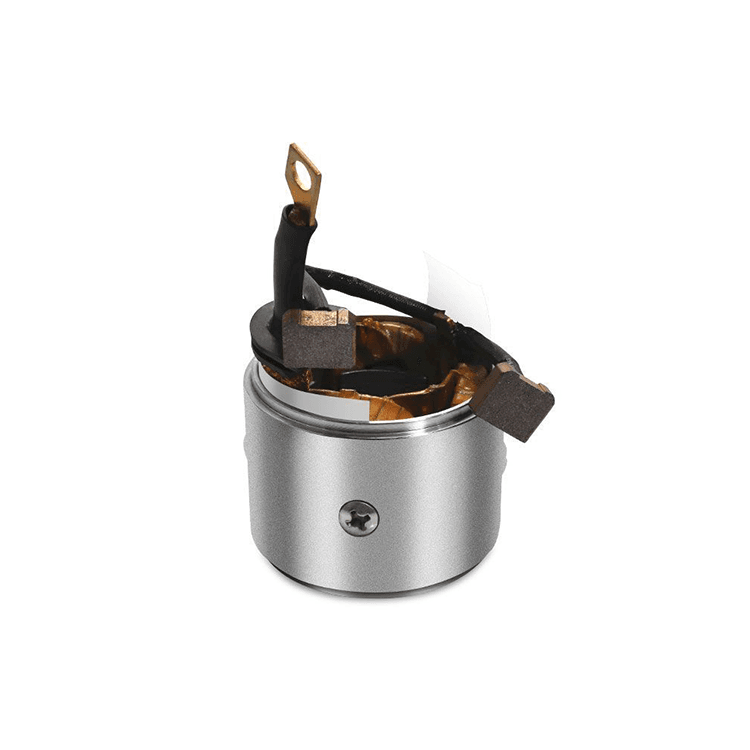custom Stamping Parts
Stamping parts rely on presses and molds to apply external forces to plates, strips, pipes and profiles to produce plastic deformation or separation, so as to obtain the required shape and size of the workpiece. Stamping and forging are both plastic processes. The materials for stamping are hot-rolled and cold-rolled steel sheets and strips.
Stamping parts have specific requirements for materials, because the quality and performance of materials directly affect the forming quality and performance of stamping parts. In general, the material needs to have good plasticity, toughness and machinability in order to be able to deform smoothly during the stamping process without cracking or breaking.
- Raw materials: stainless steel, titanium, copper, aluminum
- Mold: multi-process continuous mold
- Plating material: silver plating, copper plating, zinc plating, etc
- Processing size: according to the drawing
- Process: cutting, punching, bending, expansion, precision blanking, cold extrusion
- Dimensional tolerance: ±0.01
- Impulse speed: 125
- Aperture size: 0.3-4mm
inspection
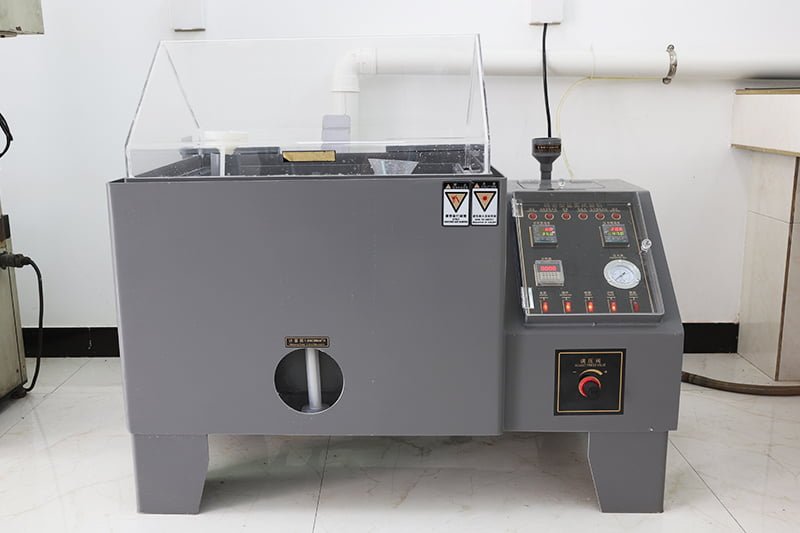
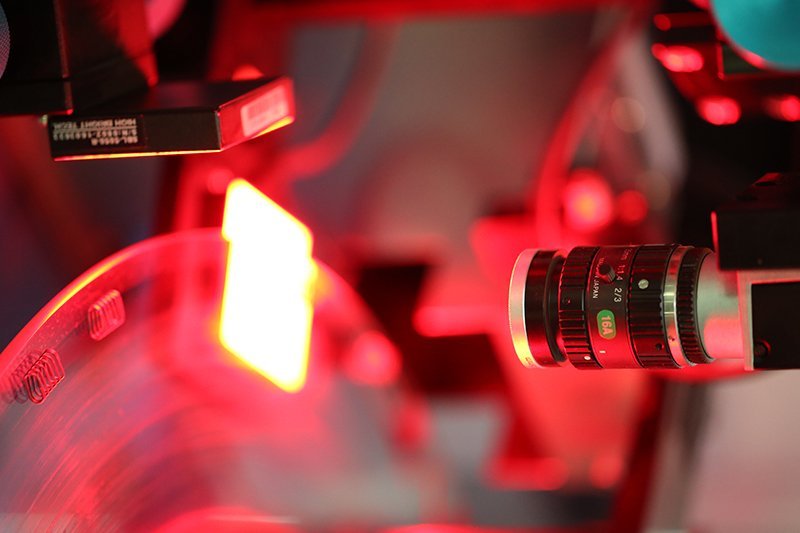
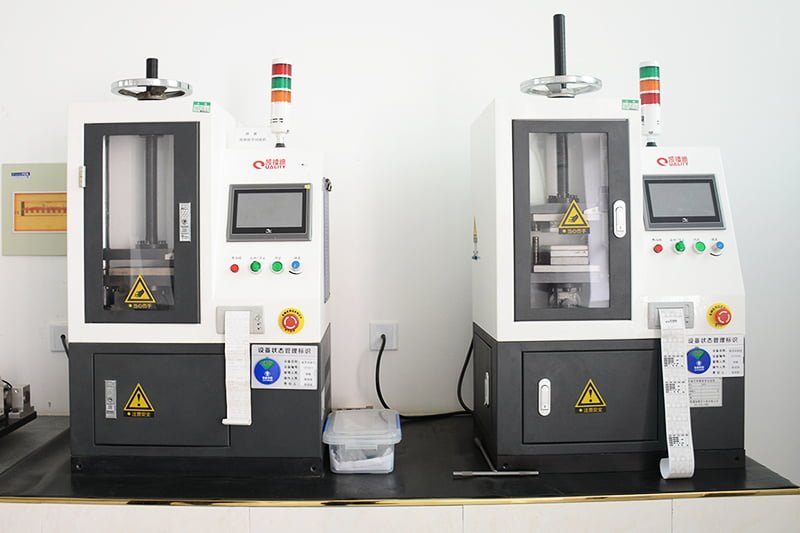
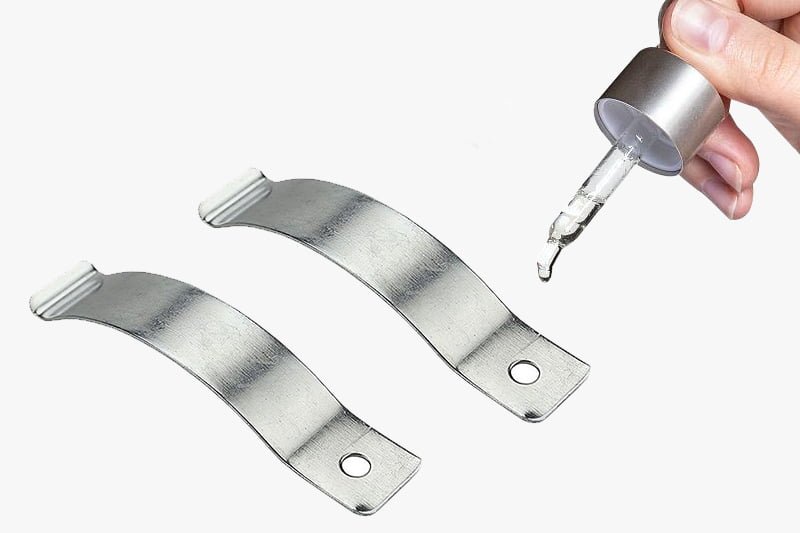
custom procedure
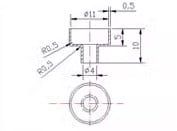



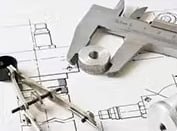
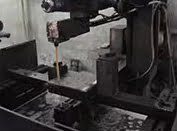
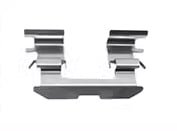

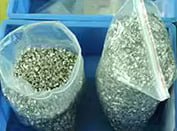
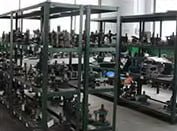
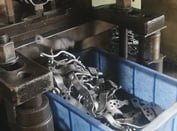

Our advantage
Application

Automobile electric vehicle

Communications-equipment
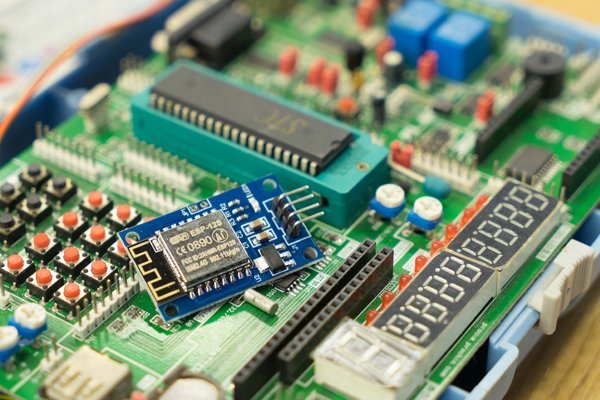
Electronic components
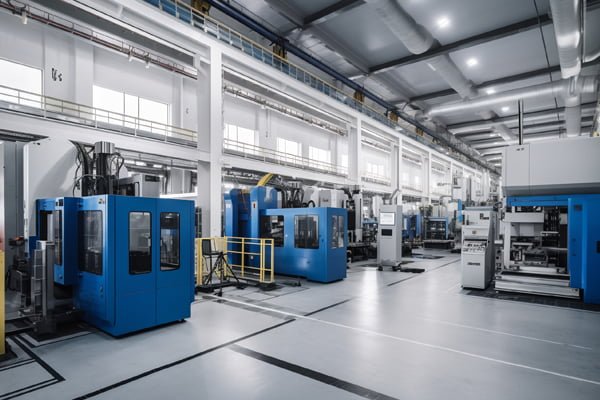
Mechanical equipment
Stamping Parts display
FAQ
What are the characteristics of stamped parts?
High precision: When manufacturing stamped parts, accuracy and size control can reach a very high level.
Material characteristics: Compared with castings and forgings, stamped parts have the characteristics of thin, uniform, light and strong.
What are the application of stamping parts?
Stamping parts are widely used in automobiles, boilers, motors, electrical appliances, instruments, household appliances, bicycles, office machinery, living utensils and other fields, such as car body, chassis, fuel tank, radiator, boiler drum, container shell and so on.
What are the process requirements of stamping parts?
In the design and manufacturing process of stamping parts, it is necessary to fully consider its manufacturability. For example, the shape of the blanking parts should be as simple and symmetrical as possible, avoiding curves with complex shapes; The connection of the straight lines or curves of the blanking parts should be avoided as far as possible, and sharp corners are strictly prohibited. Generally, there should be rounded corners above R>0.5t (t is the material thickness); The distance between the hole and the hole and the edge of the punching part should meet certain requirements to ensure the strength of the punch.
What is stamping in automotive?
Automotive stamping parts are automotive parts that are processed by stamping metal sheets through molds to form the required shape, size and performance. Some automobile stamping parts become auto parts directly after stamping. The other part needs to be processed by welding, machining, painting and other processes after stamping to become auto parts. There are many kinds of automobile stamping parts, including automobile shock absorber stamping parts spring tray, spring seat, spring bracket, end cap, cover, compression valve cover, compression valve sleeve, oil seal seat, bottom cover, dust cover, impeller, oil cylinder, support lug, bracket and so on.
